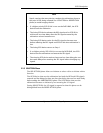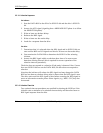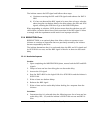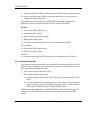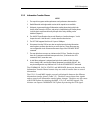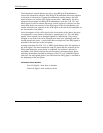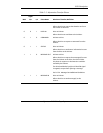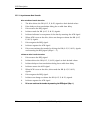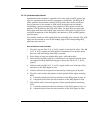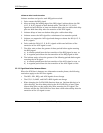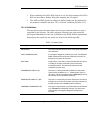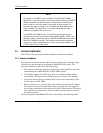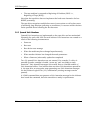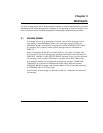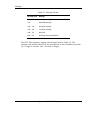
SCSI Description
Quantum DLT 7000 Tape System 3-21
3.5.5.2 Synchronous Data Transfer
Synchronous Data Transfer is optional and is only used in DATA phases and
only if a synchronous data transfer agreement is established. The REQ/ACK
offset specifies the maximum number of REQ pulses that can be sent by the
drive in advance of the number of ACK pulses received from the initiator,
establishing a pacing mechanism. If the number of REQ pulses exceeds the
number of ACK pulses by the REQ/ACK offset, the drive does not assert the
REQ signal until after the leading edge of the next ACK pulse is received. For
successful completion of the data phase, the number of ACK and REQ pulses
must be equal.
The initiator sends one ACK signal pulse for each REQ pulse received. The ACK
signal can be asserted as soon as the leading edge of the corresponding REQ
pulse has been received.
Drive-to-Initiator Transfer Procedure
1. The drive sets the DB (15–0, P, & P1) signals to the desired values. The DB
(0-15, P, & P1) signals are held valid for a minimum of one deskew delay
plus one cable skew delay after REQ is asserted.
2. Drive delays at least one deskew delay plus a cable skew delay.
3. Drive asserts the REQ signal for a minimum of one assertion period. Drive
can negate the REQ signal and change or release the DB (0-15, P, & P1)
signals.
4. Initiator reads the DB (0-15, P, & P1) signals within one hold time of the
transition of the REQ signal to true.
5. Initiator indicates its acceptance of the data by asserting an ACK pulse.
6. The drive waits at least the greater or these periods before again asserting
REQ:
a) A transfer period from the last transition of the REQ signal to true, or
b) A negation period from the last transition of the REQ signal to false.
7. The initiator waits at least the greater of these periods before reasserting
ACK:
c) A transfer period from the last transition of the ACK signal to true, or
d) A negation period from the last transition of the ACK signal to false.



